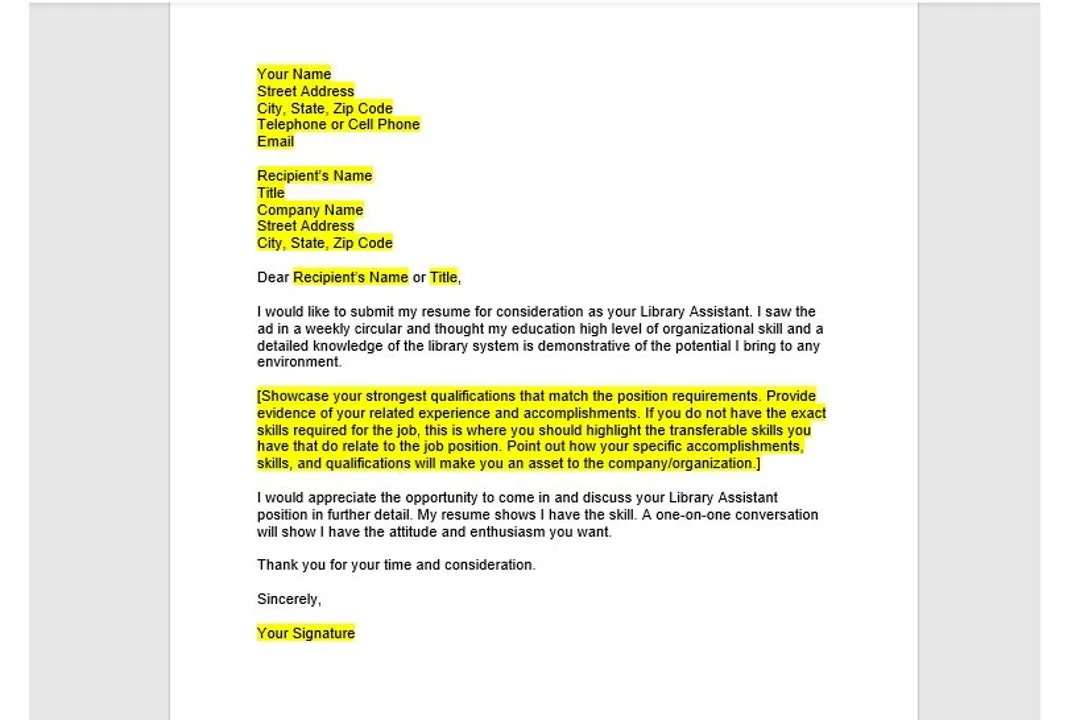Crafting a Compelling Library Associate Cover Letter
A well-crafted library associate cover letter is your initial introduction to a potential employer, serving as a crucial tool in securing an interview. It’s your opportunity to showcase your skills, experience, and enthusiasm, setting you apart from other applicants. The goal is to make a strong first impression, demonstrating why you’re the perfect fit for the role. This guide will walk you through the essential steps, ensuring your cover letter not only gets read but also leaves a lasting positive impact.
Understanding the Purpose of a Cover Letter
The primary purpose of a cover letter is to provide context to your resume. While your resume lists your qualifications, the cover letter allows you to expand on your skills and experiences, illustrating how they align with the specific requirements of the library associate position. It provides a platform to express your personality, communicate your passion for libraries, and demonstrate your understanding of the role and the institution you are applying to. By explaining your motivations, you create a narrative that engages the hiring manager and encourages them to learn more about you.
Highlighting Relevant Skills and Experience
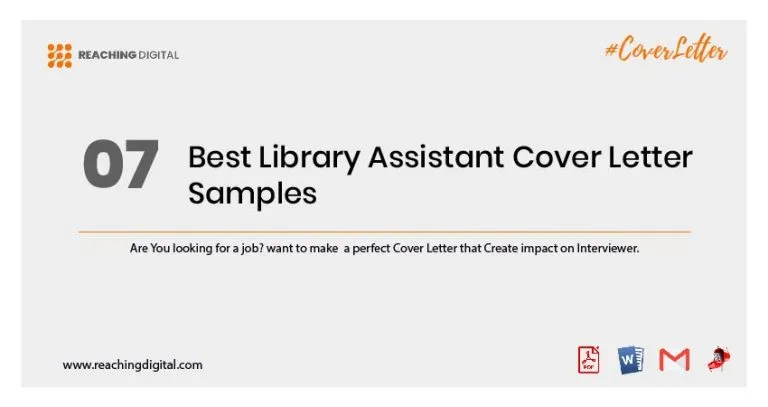
Your cover letter is where you make a compelling case for your candidacy. This involves highlighting the skills and experiences that directly relate to the library associate position. This section should be tailored to each specific job application, focusing on the key requirements outlined in the job description. Identify the skills and experiences that resonate most and provide concrete examples to illustrate your proficiency and the value you can bring to the library. Don’t just list, but elaborate. Share a brief story or anecdote that demonstrates your abilities.
Essential Skills for a Library Associate
Library associates require a diverse set of skills to excel. These include strong customer service abilities, excellent communication skills, both written and verbal, proficiency in using library software and databases, organizational skills, and the ability to work collaboratively. Adaptability and a willingness to learn are also critical. Consider the specific needs of the library and emphasize the skills that align with those needs. If the role involves handling children’s programs, showcase any related experience. If there is emphasis on technology, make sure your tech skills are featured. This alignment directly addresses the requirements and shows your ability to hit the ground running.
Previous Experience to Showcase
When detailing your experience, focus on roles that demonstrate relevant skills. This might include experience in customer service, data entry, administrative tasks, or any role where you interacted with the public and managed information. Highlight any experience with library systems, cataloging, or shelving. For example, if you volunteered at a library, detail your duties and the impact you made. Even if your experience is not directly in a library setting, draw parallels. If you worked in retail, explain how you handled customer inquiries or managed inventory, or if you were a teacher, use your experience in creating lesson plans.
Formatting Your Library Associate Cover Letter
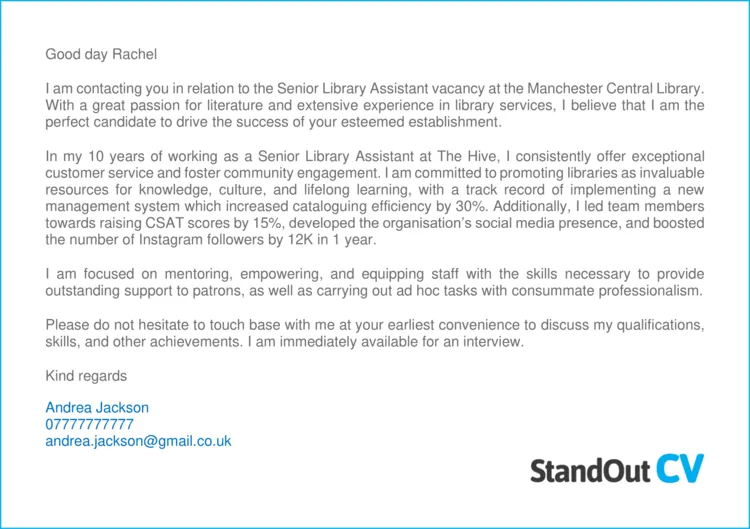
A well-formatted cover letter is crucial for readability and professionalism. Use a standard business letter format with a clear and concise layout. This includes a professional font, such as Times New Roman, Arial, or Calibri, and a font size between 10 and 12 points. Ensure consistent spacing, margins, and alignment throughout the document. A well-structured cover letter will guide the reader and make the information easy to digest, increasing the likelihood of a favorable response. Keep it concise and aim for a maximum of one page.
Contact Information and Salutation
Begin your cover letter with your contact information, including your name, address, phone number, and email address. Follow this with the date and the hiring manager’s name and title, if known. Always use a professional salutation, such as “Dear Mr./Ms. [Last Name],” or “Dear Hiring Manager,” if the name isn’t available. Avoid generic salutations like “To Whom It May Concern” as they lack personalization. Researching the hiring manager’s name beforehand shows initiative and attention to detail.
Body Paragraphs Content
The body of your cover letter should consist of three to four paragraphs. The first paragraph should state the position you are applying for and how you learned about it. The following paragraphs should highlight your skills and experiences, providing specific examples of how you meet the job requirements. This is where you make your case, demonstrating your value. Tailor each paragraph to the specific library and position, referencing the job description to ensure you address all the key points. The goal is to create a narrative that showcases your qualifications and enthusiasm.
Closing and Call to Action
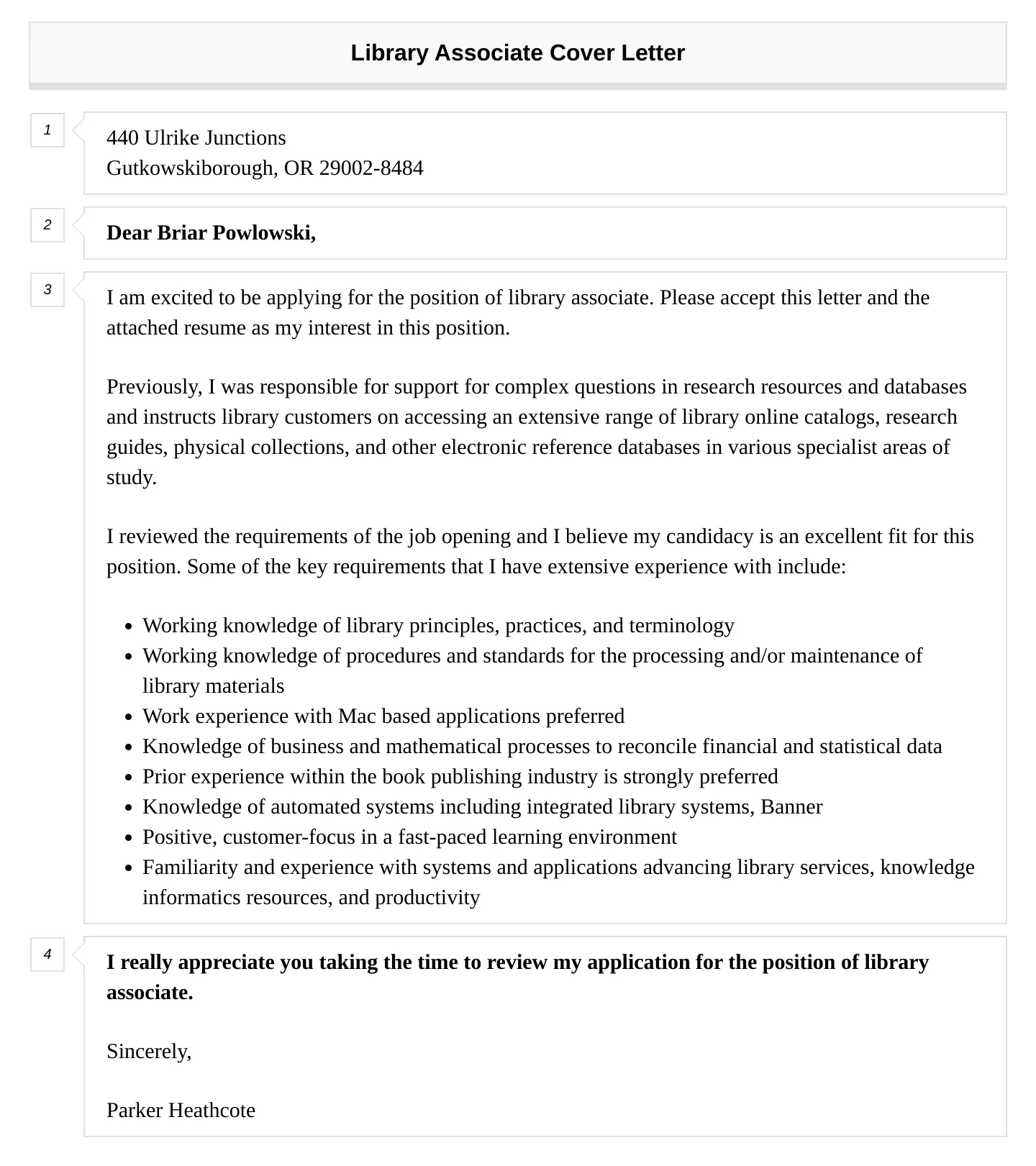
Conclude your cover letter with a strong closing paragraph that reiterates your interest in the position. Thank the hiring manager for their time and consideration. Include a call to action, such as stating that you are eager to discuss your qualifications further and are available for an interview. End with a professional closing, such as “Sincerely” or “Best regards,” followed by your name. Proofread everything meticulously before sending.
Customizing Your Letter for Each Application
Generic cover letters are often easily dismissed. Customization is key to capturing the hiring manager’s attention and demonstrating genuine interest in the specific library and position. Personalize your cover letter to each application by researching the library and the role, then tailoring your content to match the specific requirements and values of the institution. This approach shows that you are genuinely interested in the opportunity and have taken the time to understand the library’s needs and mission. Never use a standard template without modifying it.
Researching the Library and Position
Before you start writing, conduct thorough research on the library. Visit the library’s website to learn about its mission, values, services, and community involvement. Understand the specific role and responsibilities of the library associate position. Review the job description carefully and identify the key requirements and desired qualifications. Understanding the library’s culture and needs will allow you to tailor your cover letter effectively, demonstrating that you’re a good fit and have a solid understanding of the role and what it entails. Show, through your research, that you care.
Tailoring Content to Match Job Requirements
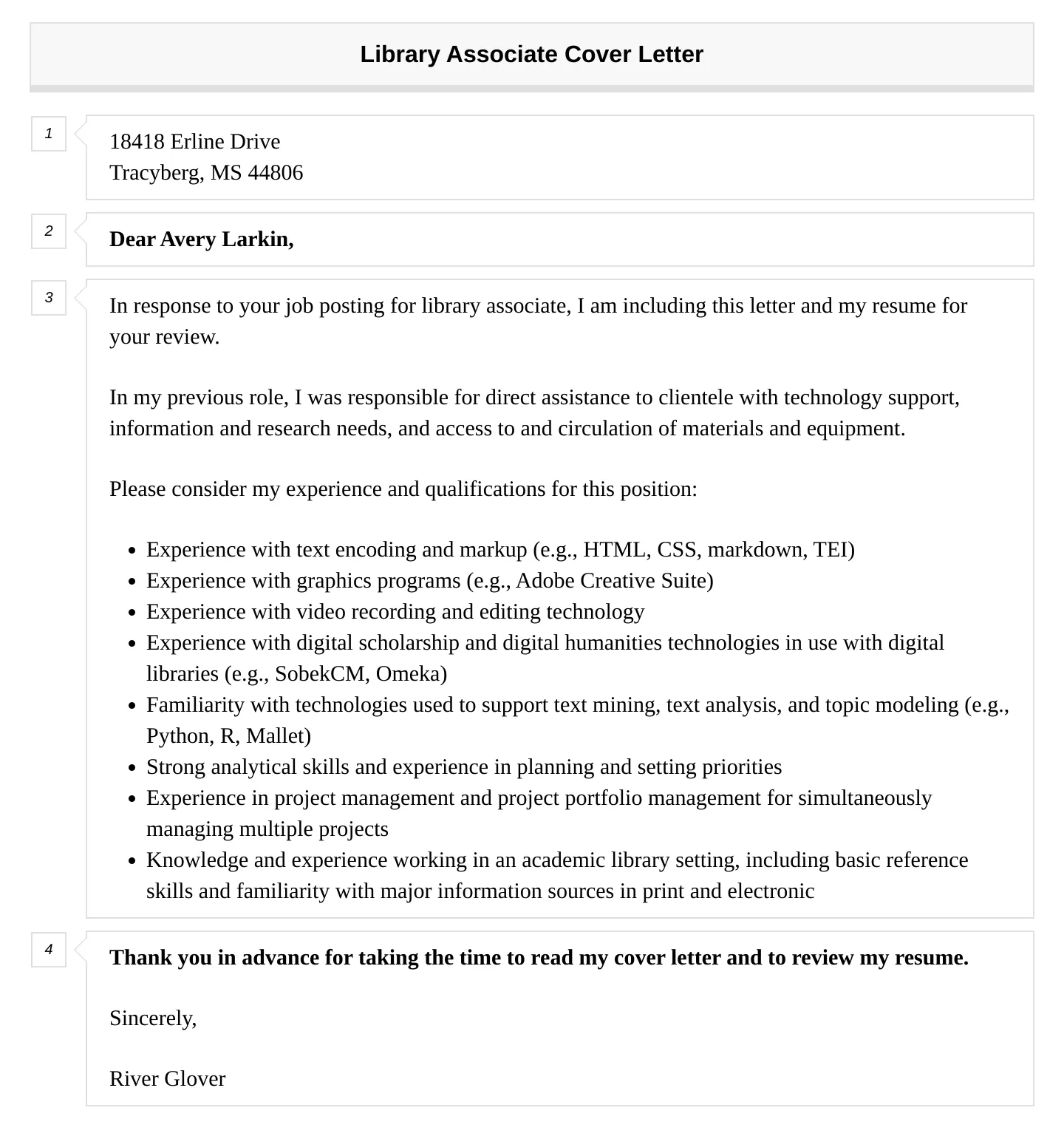
Once you have a good understanding of the library and the position, align your cover letter with the job requirements. Use the job description as a guide to identify the key skills, experiences, and qualifications that the library is seeking. Then, in your cover letter, provide specific examples that demonstrate how your skills and experiences align with those requirements. When customizing your cover letter, highlight how your skills directly address the needs outlined in the job description. Show that you possess what they are looking for.
Proofreading and Editing Your Cover Letter
Proofreading and editing are critical steps in the cover letter writing process. Typos, grammatical errors, and formatting inconsistencies can detract from your professionalism and undermine your application. Before submitting your cover letter, carefully proofread it for any errors. Reading your cover letter aloud can help you catch mistakes you might miss when reading silently. It is also wise to have someone else review your letter to provide a fresh perspective and catch any errors you might have missed. Thorough proofreading is essential for a professional application.
Common Mistakes to Avoid
Several common mistakes can diminish the effectiveness of a cover letter. Avoid generic content that could apply to any job, and don’t rehash your resume verbatim. Steer clear of typos, grammatical errors, and unprofessional language. Refrain from negative comments about past employers or positions. Do not include irrelevant information or exceed the one-page limit. Make sure to tailor your letter, and make sure it is free of errors to make a good first impression.
Ensuring a Professional Tone
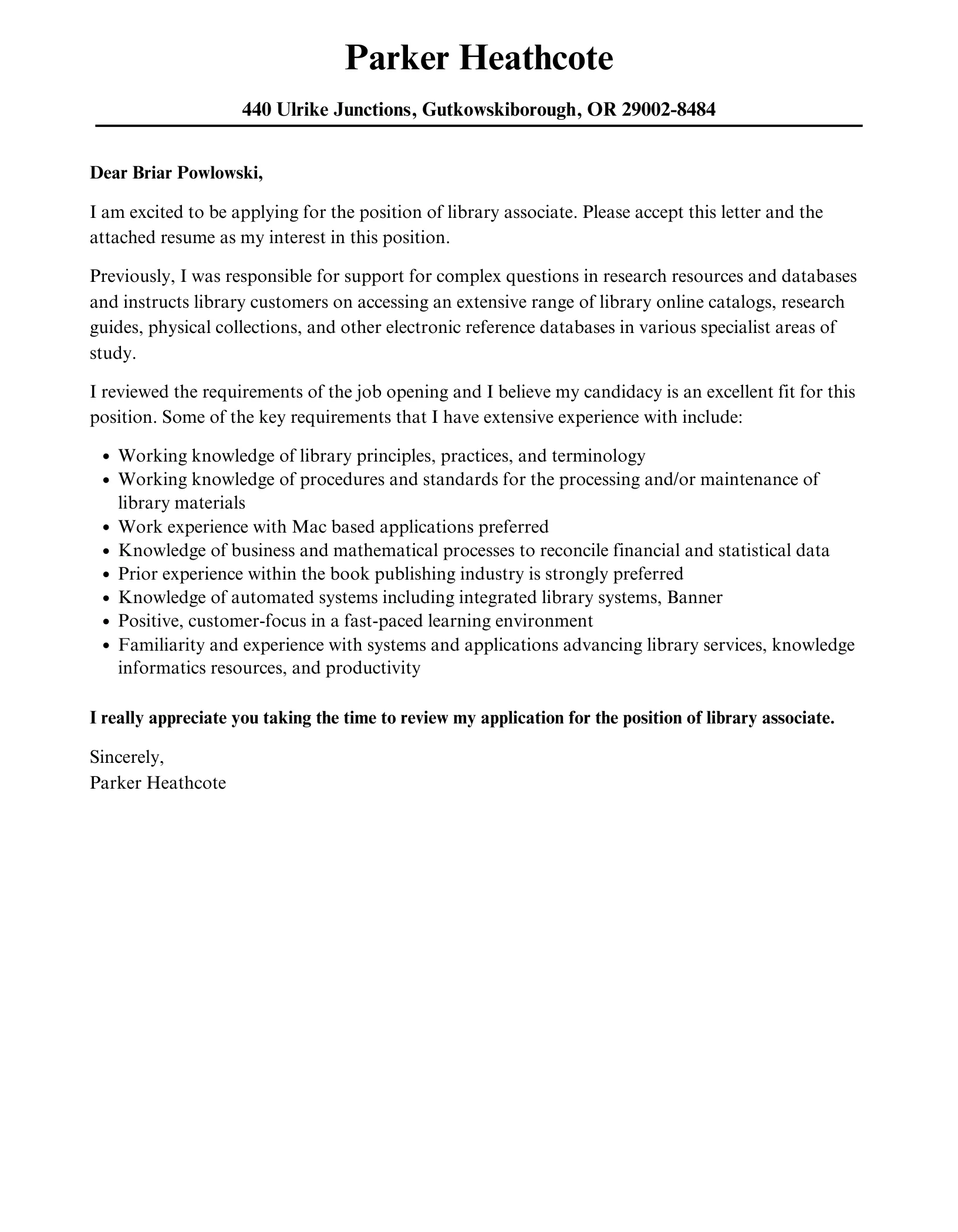
Maintain a professional tone throughout your cover letter. Use formal language and avoid slang, jargon, or overly casual expressions. Be polite, respectful, and enthusiastic about the opportunity. Focus on what you can bring to the library. Express your qualifications confidently, but avoid sounding arrogant or boastful. The goal is to present yourself as a capable and enthusiastic candidate who is eager to contribute to the library’s mission.
Examples of Effective Cover Letter Phrases
Using strong, descriptive phrases can enhance your cover letter. Highlight your skills, enthusiasm, and accomplishments by using specific language that illustrates your capabilities. These phrases can help you communicate your value effectively and create a memorable impression on the hiring manager. The right wording can make all the difference.
Phrases for Expressing Enthusiasm
Expressing your genuine enthusiasm is crucial for getting noticed. Try phrases like “I am excited about the opportunity to…” or “I am eager to contribute my skills to…” You can also say, “I am impressed by [Library’s Name] commitment to…” or “I am confident that my experience in [specific skill] aligns perfectly with this role.” Adding a touch of excitement makes your cover letter more personable. Showing your interest is what will make you stand out.
Phrases to Highlight Skills
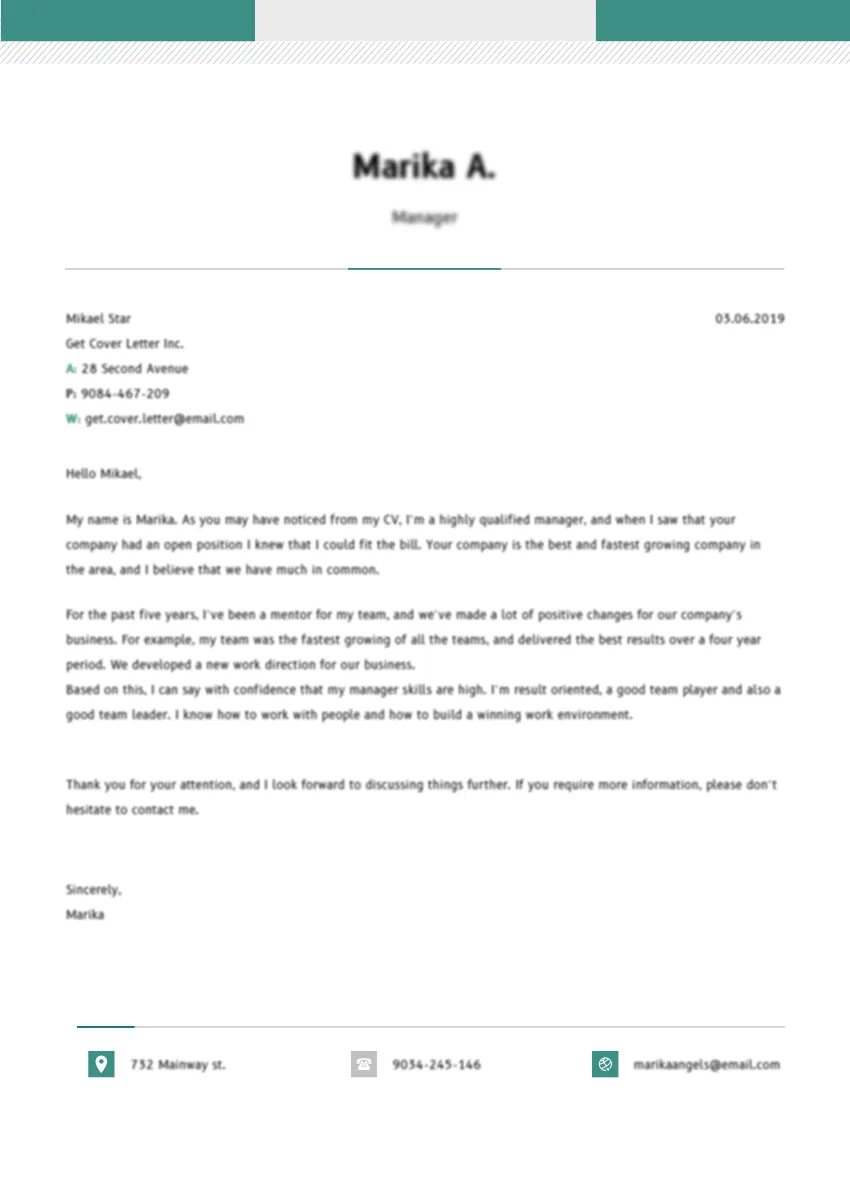
Showcasing your skills is what will get you the job. Use action verbs and descriptive phrases to illustrate your abilities. For example, “I have a proven track record of…” or “My experience in [skill] enabled me to…” To showcase experience use, “In my previous role, I was responsible for…” or “I successfully managed…” Use phrases like, “I am proficient in [software/system],” or “I am adept at [task].” These phrases help paint a clear picture of your capabilities.
Additional Tips for a Successful Application
Beyond the cover letter, there are additional steps you can take to increase your chances of landing a library associate position. Prepare thoroughly for your interview by researching common interview questions and practicing your answers. Prepare questions to ask the interviewer; this shows your interest and engagement. Tailor your resume and cover letter to each job application to highlight relevant skills and experiences. Finally, follow up with the hiring manager after submitting your application and after the interview to express your continued interest. These actions can help you stand out. Make yourself shine and do everything you can to get that role.
